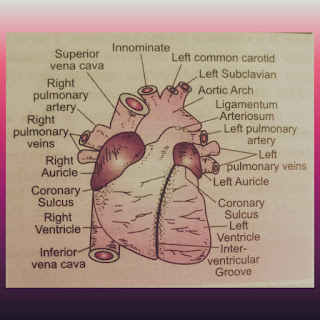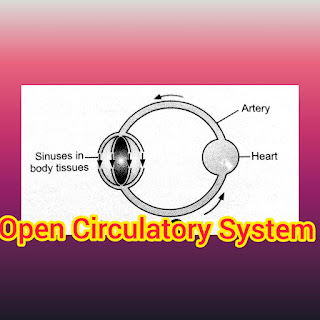What are Mitochondria? Structure and Functions of Mitochondria?
Mitochondria is stands for (Mito- thread) (Chondria- granule). It known as Power House of the cell, because it provides energy to the cells. Mitochondria is self-duplicated organelles. New mitochondria are arisen by division of existing ones.
It is sausage shaped vesicles bounded by an envelope of 2-unit membranes and filled with a fluid matrix. Mitochondria found in all aerobic eukaryotic cells but absent in certain unusual anaerobic protozoans. It is totally absent in prokaryotic cells. Mitochondria Present in early stage of red blood cells but when red blood cells being matured the mitochondria disappeared.
Mitochondria is visible under light microscope. But their detailed structure visible under electron microscope. In 1880 mitochondria first seen by scientist Kolliker, who isolate them from insect muscle cells. But in 1898 the mitochondria named given by scientist Benda.
Section of Mitochondria
Structure- Mitochondria structure is classified by: -
1) Form
2) Size
3) Number
4) Components
Form- The mitochondria are usually sausage-shaped, but in some times, it is spherical, oval, cylindrical, filamentous or branched.
Size- The cylindrical mitochondria are usually 1-4 micrometer long and 0.2-1 micrometer thick. The spherical mitochondria are 1-5 micrometer in diameter.
Number- The presence of mitochondria varies cell to cell. These are few to 1000 mitochondria present in a cell. More mitochondria present in those cells, where it divides, grow and synthesizing. The dormant seed have few mitochondria than germinating seeds.
Components- Under the electron microscope a section of mitochondria is shown as enfolded vesicle bounded by two unit of membrane with fluidic matrix.
i) Membrane- Mitochondria is covered with two unit of membranes, one is inner membrane and other is outer membrane. Each membrane is 60 to 70 A thick and it is composed with double layered of phospholipid. Both membranes connected at adhesion site. By this adhesion site protein is transfer. These two membranes are separated with narrow space called intermembrane space. This space contains homogeneous fluid.
Outer membrane- It is smooth and freely permeable. It consists 50% proteins and 50% lipids. It is poor in enzymes and lacks electron transport system. It is contact with the cytoplasm.
Inner membrane - It is enfolded to from cristae and semipermeable. It consists 80% protein and 20% lipids. It is rich in enzymes and bears electron transport system. It is contact with the matrix.
ii) Cristae- the cristae extend inward to varying degrees and may fuse with those from the opposite side and divide the mitochondria into compartments. The cristae are arranged in characteristic ways in different cells. They may be simple or branched, straight, zig-zag, tubular or lamellar. Cristae is varied in numbers also. They increase the inner space area of the mitochondria to hold a variety of enzymes.
Functions-
1) The main function of mitochondria is to provide the energy by ATP synthesis to the cell.
2) Mitochondria also synthesis proteins and lipids.
3) Mitochondria regulate the calcium ion concentration in the cell by storing and releasing Ca2+ as needed.
4) It is also provided intermediates for the synthesis of important biomolecules like chlorophyll, cytochromes etc.
Some important Questions -
1) From where mitochondria originate.
Ans- The mitochondria are inherited from one's mother. The middle piece of a sperm, that contains mitochondria may not enter the egg during fertilization.
2) From where first mitochondria seen?
Ans- From insect muscle cells.
Reference book- Pradeep's Biology Text Book .

.jpeg)


.jpeg)


Comments
Post a Comment